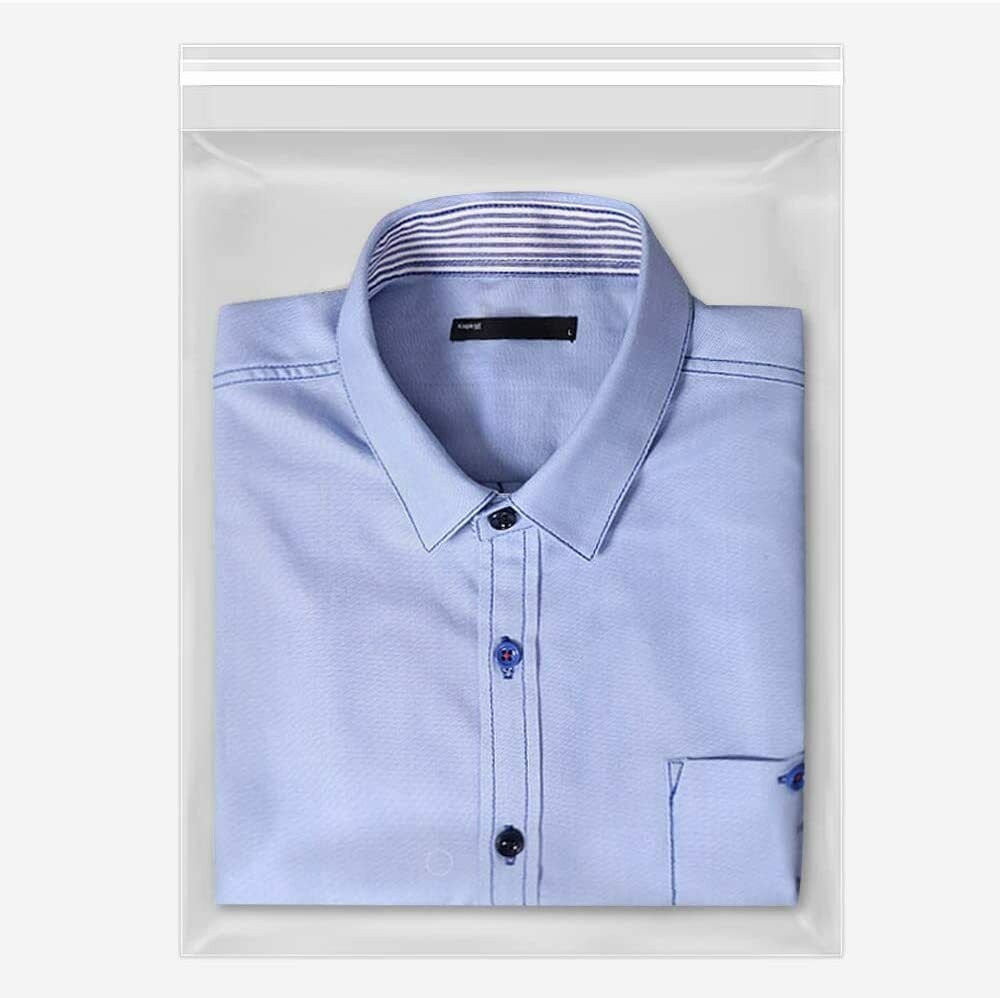-40%
Lot of TEN (10) Skateboard Deck Storage Poly Bags 4 MIL 9" x 34" Powell Zorlac
$ 3.56
- Description
- Size Guide
Description
Brand new 4 MIL thick skateboard deck poly bags. Listing is for TEN (10) bags. Each bag measures 34" long x 9" wide. Perfect for new school popsicle shapes, early 90's football shapes, pool deck shapes & some reissues. Fits decks that measure up to 8.6" wide. If you need more than 10, check my other listings for larger lots of themCOLLECTORS!!! Check my other listings. I also offer these bags in a 12" wide and 10" wide sizes, 34" & 36" lengths. Also offer very nice wall mounted skateboard display racks. These are NOT designed to hold as many decks as possible like a skateshop rack. These are designed to display your collection. Rack designs offered are 3 deckers, 4 deckers, 6 deckers, 8 deckers and 10 deckers.
Good luck with the deck hoarding.
Polyethylene is inert, translucent and creates a lower static charge than polypropylene, and those are the three main characteristics which make it a superior deck storage material. An inert substance, according to chemists, is not readily reactive with other elements, in that it cannot produce other chemical compounds. In other words, molds, mildews, and discolorations will not occur with an inert substance, so there's no way a polyethylene sleeve can damage your collectible, nor can damage readily occur to it. Polypropylene is also inert, but that's where the similarities end.
The translucent nature of polyethylene prohibits a the greater amount of light than the transparent polypropylene. Light can be particularly harmful to collectibles, especially magazines, comics, books, photographs, artwork or any kind of cover or jacket that has color and/or photos or illustrations. By inhibiting the overall amount of harmful light that actually makes its way to your collectible, the risk of fading is minimized.
The lower static charge produced by polyethylene as opposed to the higher charge emitted by polypropylene means that polyethylene will attract much less dirt, dust and other foreign, organic elements. And it is those elements which produce damage to collectibles.
Polyethylene is more flexible than polypropylene. By contrast, polypropylene is stiff and hard, while polyethylene is soft and pliable. The relatively rough surface of polypropylene has the potential to produce scratches to the surfaces of collectibles while the potential for scratching by polyethylene sleeves is minimal.








